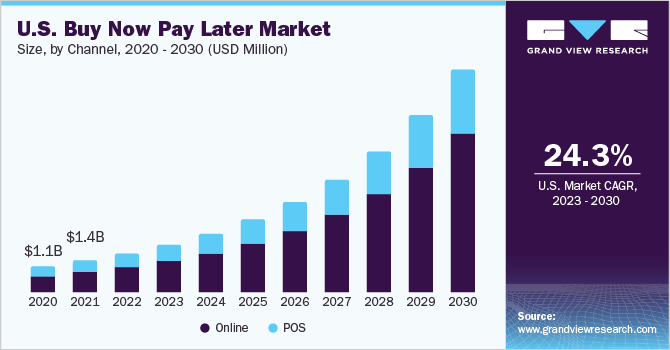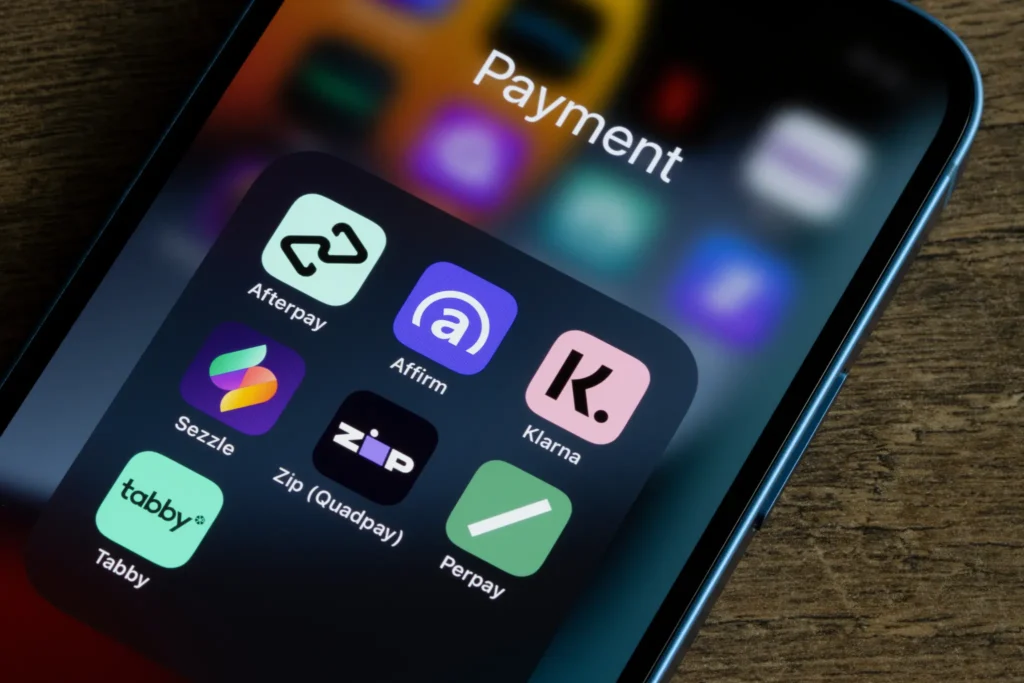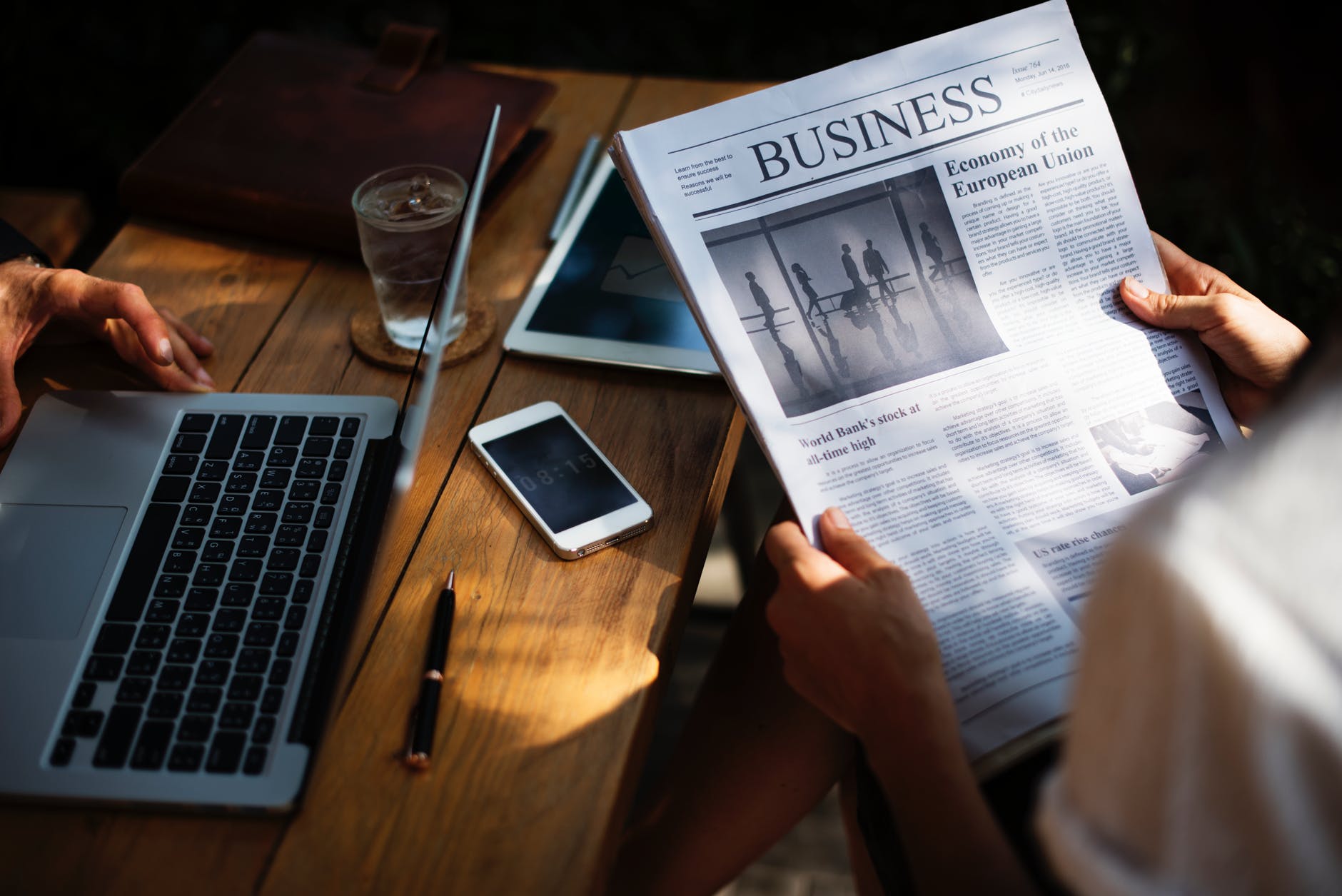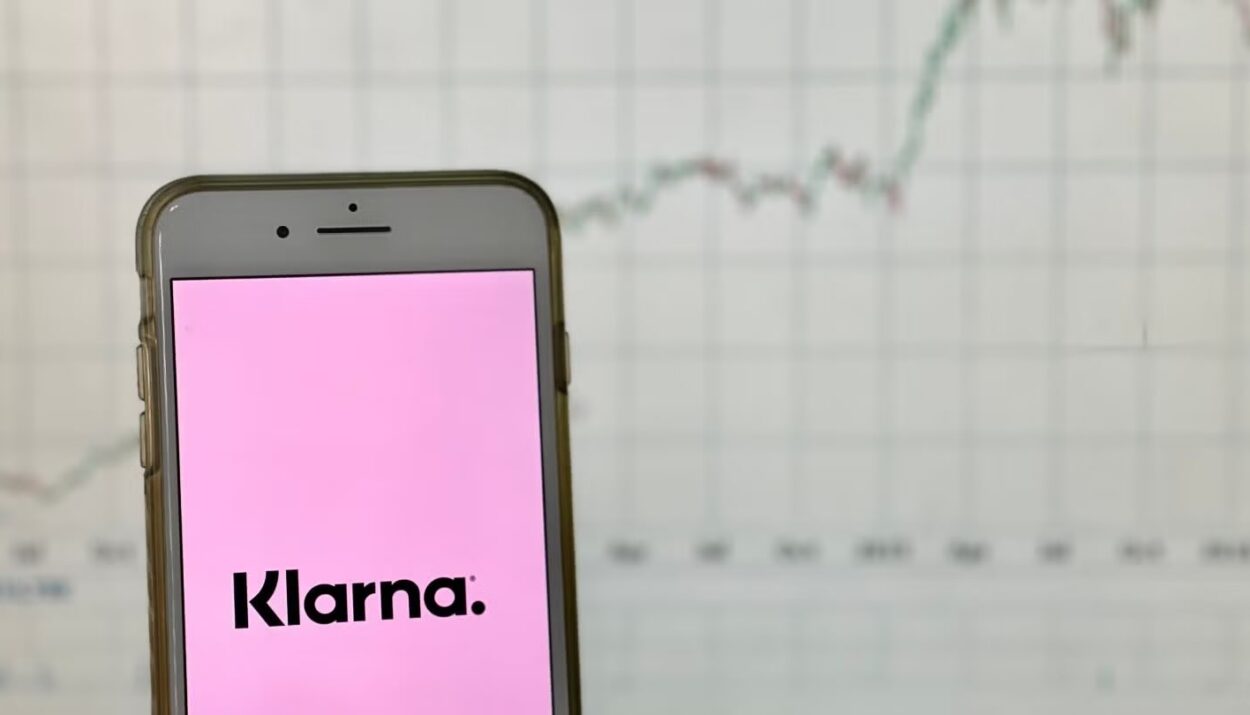As more Americans finance groceries and takeout, Klarna faces surging defaults, regulatory rollbacks, and questions about its future.
Swedish fintech giant Klarna has been hailed as one of the leaders of the “Buy Now, Pay Later” (BNPL) revolution. But beneath the glossy user growth and AI-powered operations, the company is showing serious cracks.
In Q1 2025, Klarna reported a $99 million net loss, up more than 110% year-over-year, alongside $136 million in consumer credit losses, and its long-awaited US IPO is now on pause.
Behind the numbers is a rising trend that analysts and regulators are watching closely: Americans are going into debt to buy groceries, takeout, and even festival tickets — and many are struggling to pay it back. (More about: Buy Now, Pay Later Use Surges — But Trouble May Be Brewing)
Klarna’s Q1 Snapshot: Profits Down, Defaults Up
- Net loss: $99 million (vs. $47M in Q1 2024)
- Credit losses: $136 million, up 17% YoY
- Delinquency rate: 0.54% (vs. 0.51% last year)
- User base: Over 100 million active users
- Revenues: $701 million (+13% YoY)
- Merchant partners: 724,000 globally
A Klarna spokesperson said the spike in losses reflects higher lending volume, not consumer weakness. But recent data from LendingTree, Bankrate, and even the Federal Reserve says otherwise.


Why More Shoppers Are Struggling to Repay ‘Buy Now, Pay Later’ Loans
According to Klarna, consumer credit losses rose 17% year-over-year in Q1 to $136 million — a number that reflects not just increased lending, but a rising inability to repay. Reports by LendingTree, Bankrate, and the Federal Reserve confirm the same trend: more users are falling behind.
The Fed notes that BNPL users — especially younger Americans, Black and Hispanic women, and those with lower incomes — are often financially vulnerable to begin with.
These shoppers now rely on BNPL for essentials. Klarna’s own growth coincides with users financing groceries, fast food, and event tickets, not just big purchases.
“BNPL provides credit to vulnerable consumers, but they may be overextending themselves,” the Fed study warned.
A staggering 41% of BNPL users say they’ve been late on a payment in the past year — up from 34% last year. Meanwhile:
- 25% used BNPL for groceries
- 16% for takeout (DoorDash now partners with Klarna)
- 60% of Coachella attendees used BNPL for ticket payments
- 23% of borrowers hold three or more BNPL loans at once


BNPL loans are easy to get, often require no credit check, and lack the protections of traditional credit cards. Critics warn this is leading many, especially young and minority consumers, into invisible debt spirals.
Despite Klarna’s claim that US consumers remain strong, analysts say the trend signals broader economic fragility, worsened by inflation, resumed student loan payments, and a record $18.2 trillion in household debt.
“Consumers’ financial positions feel more spread thin than they have in a long time,” said Justine Farrell, Chair of Marketing at USD.
“The cost of food, rent, and essentials is pushing people to pay later for everything.”
Regulation Rolled Back: SEC and CFPB Step Back
The Consumer Financial Protection Bureau (CFPB) recently announced it would no longer enforce a Biden-era rule that classified BNPL loans like credit cards under the Truth in Lending Act.
That rule would’ve required:
- Transparent disclosure of fees
- Refund processes and dispute mechanisms
- Limits on auto-pay penalties
Instead, the Trump administration says resources will go toward protecting servicemen and veterans, not fintech oversight.
“By taking a head-in-the-sand approach… the new CFPB is favouring Big Tech over everyday people,” said Adam Rust, director at the Consumer Federation of America.
Consumer advocates fear this opens the door for predatory lending and hidden fees — especially as Klarna expands longer-term loans with 19.99% APR and no formal credit impact tracking.
Klarna Cut 40% of Jobs — AI Took Over
Klarna CEO Sebastian Siemiatkowski told CNBC the company slashed its workforce by nearly 40%, citing investments in AI and natural attrition.
“We’ve shrunk from 5,000 to almost 3,000 employees,” he said.
“With hiring frozen and 15–20% annual attrition, we naturally downsized.”
The company says its AI assistant now does the work of 700 support agents. Klarna even used an AI-generated CEO avatar to deliver earnings in 2024.
But Siemiatkowski admitted in a Bloomberg interview that full AI support led to quality issues, and now plans to re-hire real agents in an Uber-style gig model.
IPO on Ice — But for How Long?
Klarna had planned to go public in early 2025, targeting a $15 billion valuation. But President Trump’s tariff threats in April rattled markets, halting Klarna’s IPO and other tech listings like StubHub and eToro.
While markets have since stabilized and eToro has gone live, Klarna has not yet announced a new timeline. Analysts say Klarna’s IPO readiness now depends on:
- Containing credit losses
- Proving long-term profitability
- Regaining trust with regulators and retail investors
Klarna is growing. So is its user base. But so is consumer debt, missed payments, and regulatory anxiety.
The fintech once praised for “democratizing credit” is now under scrutiny for turning everyday purchases into ticking financial time bombs — without credit score tracking, traditional oversight, or user protections.
The question now isn’t whether BNPL is the future — but whether it can survive its own success.
Disclosure: This article does not represent investment advice. The content and materials featured on this page are for educational purposes only.
Related:
Trump Media Slams $3B Crypto Report as “Fake News”
China has quietly relaxed export restrictions on rare earth elements
Hedge funds are shorting stocks again, boosting leverage to new record
Trump says he’ll delay a threatened 50% tariff on the European Union until July
Angry Elon Is Back — And He’s Betting Big on Driverless Teslas and AI
Elon Musk’s Qatar Meltdown: “NPCs,” Jeffrey Epstein, Tesla Denial, and Prison Promises
Trump Escalates EU Trade Clash With 50% Tariff Threat: “The Deal Is Set”
Most Trump Crypto Dinner VIPs Have Moved or Dumped Their Coins: Inside of Dinner










